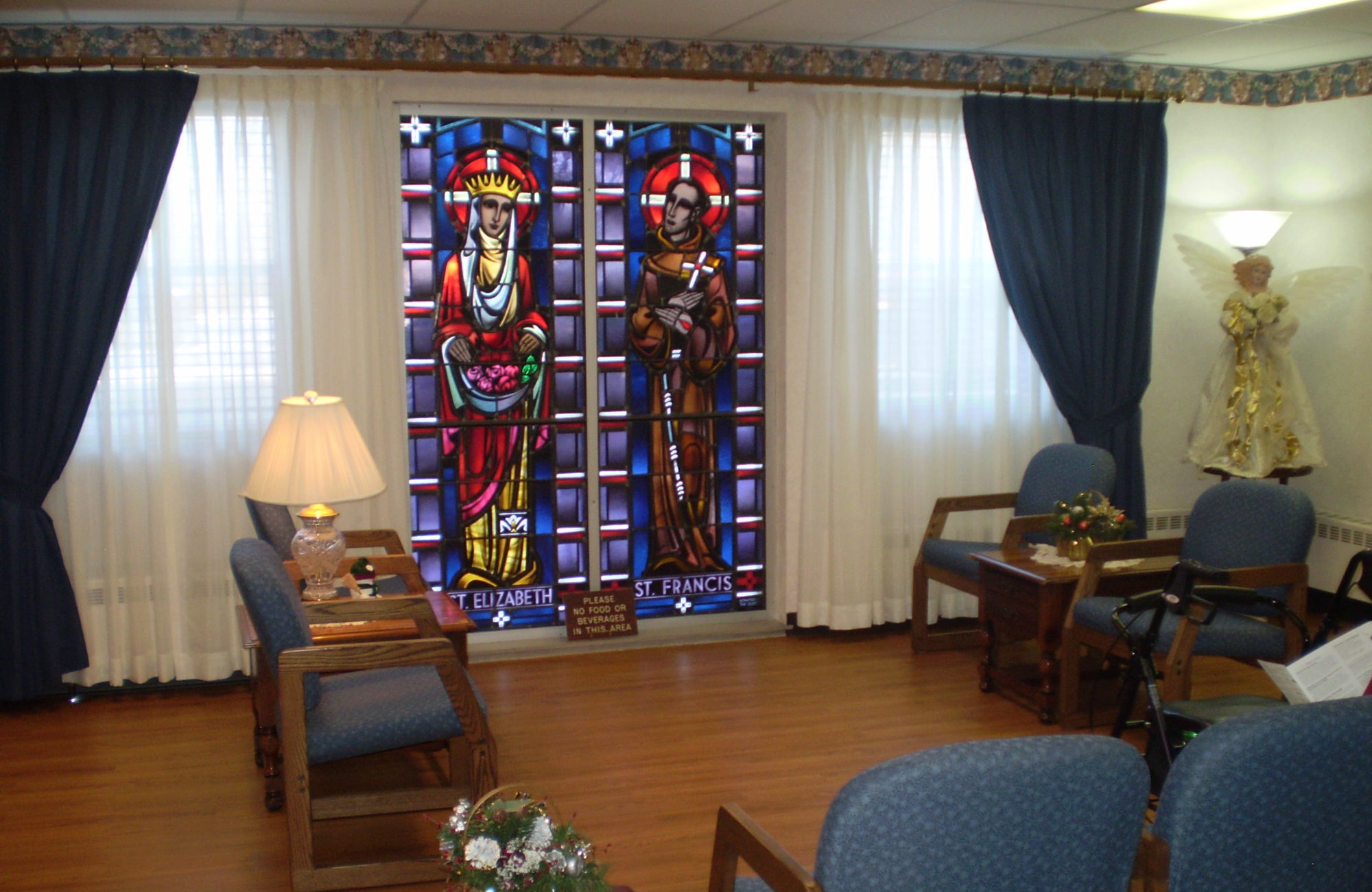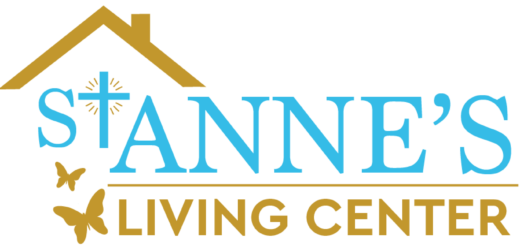
A month or two ago, we received a call from Northlands Rescue Mission, asking if we could use some bagels.
Sr. Rebecca, our administrator, took the call and agreed that we could take some. There had been a mistake; to make a long story short, they had ended up with 160 cases of bagels which they had not ordered. (Please realize that each case contained 72 restaurant-quality bagels).
Since that fateful day, St. Anne’s staff have made multiple trips there to help alleviate the “bagel burden” at the Mission. Sr. Elaine has served as coordinator for the “St. Anne’s Bagel Distribution Center,” doing a good job at marketing and disposing of many of somewhat versatile wheat products. (Too bad she doesn’t have the same track record for selling our neat St. Anne’s Discount Cards.)
We have even gone so far as to put up signs advertising “FREE BAGELS – ASK AT THE FRONT DESK.”
Countless trips back over to the convent garage, where these bountiful boxes of bagels were stored, were made.
Along with giving these out to visitors and apartment residents, we’ve also found a few creative, and tasty, ways of using them in our Basic Care unit as well.
For our New Years Eve Party, Activities staff made delicious bagel pizzas, which were a big hit with our residents (so much so that dietary staff made them for lunch today when pizza was on the menu).


Sr. Christina has made French toast bake a couple of times, even serving it to our residents for snacks once. (They didn’t mind it a bit, always appreciative of freshly baked treats). She also made caramel pull-aparts. (Both of these recipes use five bagels cut/torn into small pieces.)
Now, with the warm weather promised over the weekend, we will need to find a more stable environment with temperatures maintained well below freezing.
(Don’t tell anyone, but a certain individual here has also been feeding the rabbits with them. Those of us who do gardening in the spring are not thrilled with the idea.)


